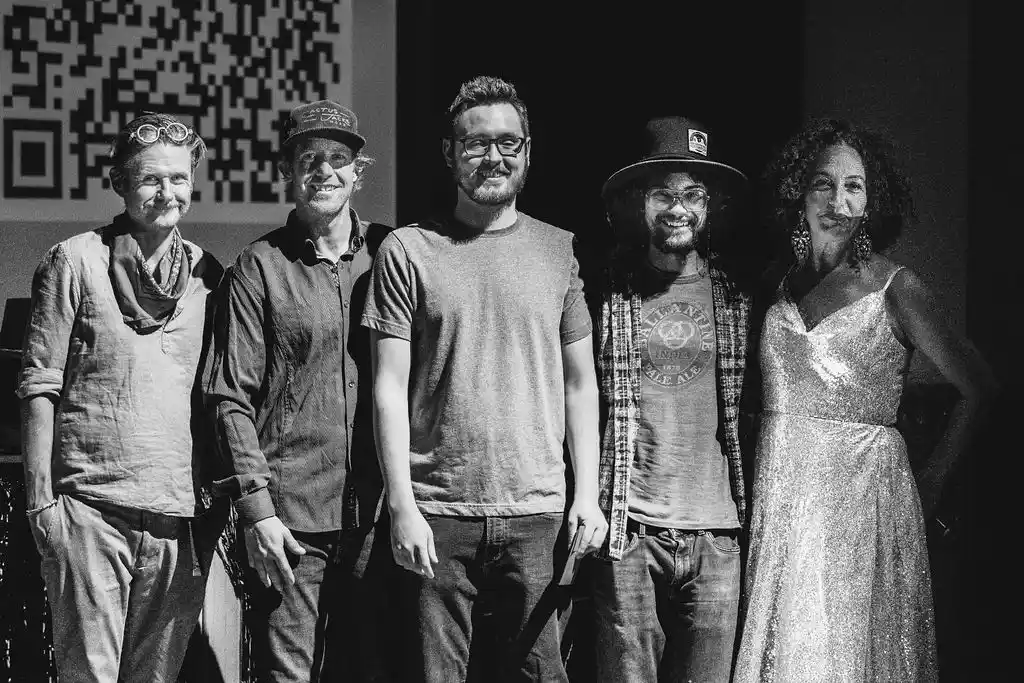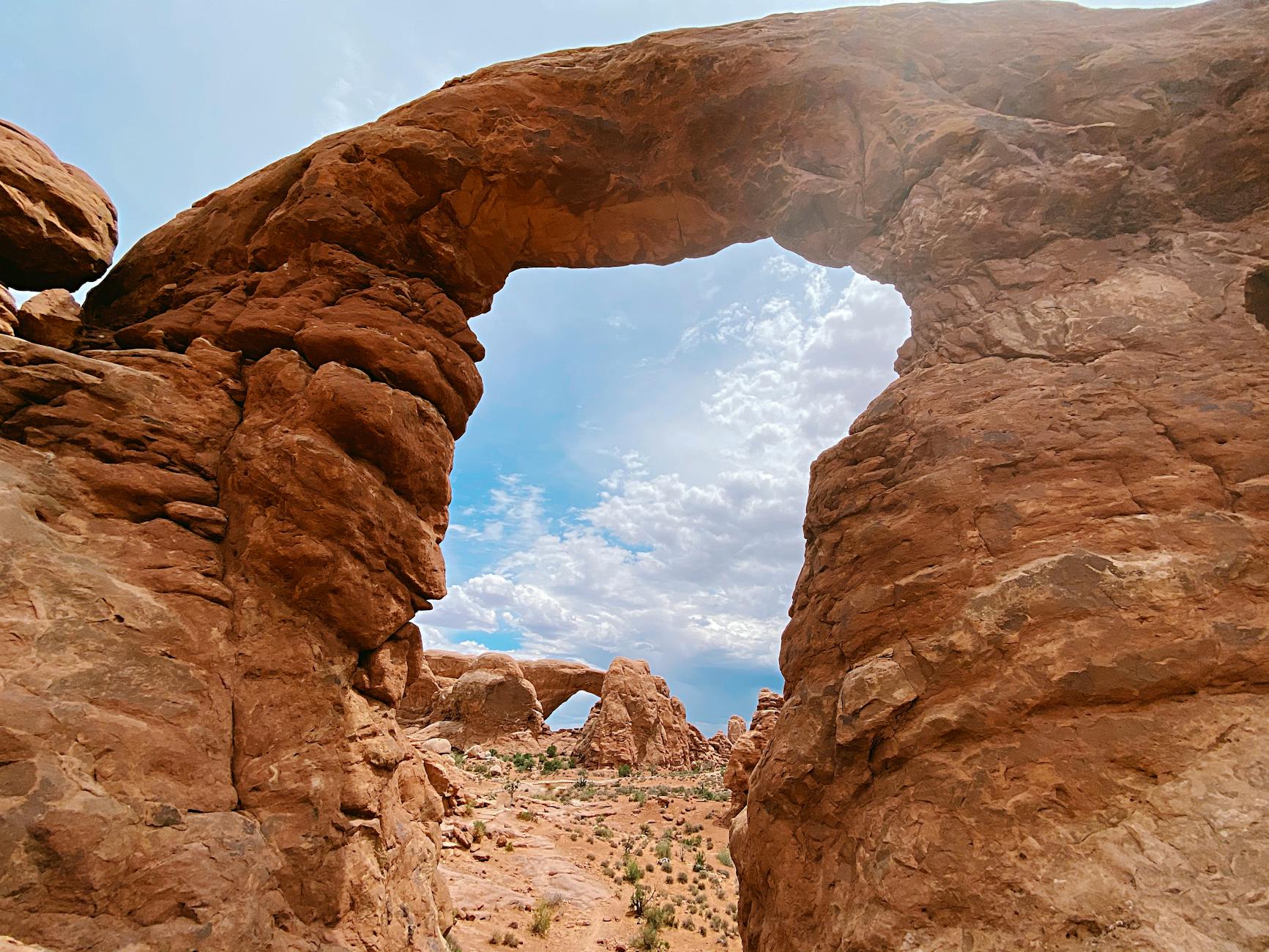The tourism and outdoor recreation industry in Grand County is thriving, reflecting a statewide and nationwide trend in the industry as the local community deliberates if and how to diversify.
In a report to the Grand County Council on Tuesday, May 20, Marian DeLay, executive director for the Moab Area Travel Council, said that all of the numbers associated with visitors were up, continuing a decades-long trend of increases with very few dips.
In 1979, Arches National Park recorded only about 270,000 visitors, the lead statistic the Travel Council uses as an indicator for area visitation numbers. In 2013, the park topped a million visitors for the fourth year in a row. Visitation last year was 1.15 percent higher than 2012, even with the 10-day government shutdown in October.
According to data from the Travel Council, hiking tops the list of activities tourists are interested in. Yet, it is the multiple and diverse recreational opportunities that make Grand County’s outdoor recreation economy strong.
A 2011 study by Headwaters Economics, supported by Grand County, said in its findings: “In effect, a significant reason for the county’s economic success stems from the diversity found today within its tourism and recreation economy. Finding ways to sustain and develop tourism and recreation that appeals to a wide mixture of visitors and residents is paramount to long-term well-being and economic resilience.”
The Travel Council, whose mission is to promote and encourage area tourism, spent over $1.2 million in advertising last year, primarily targeting Utah, Colorado, Oregon and Washington.
“I think just driving through Moab in the last couple of weekends you’ve probably noticed, something’s working,” DeLay said, referring to the number of visitors in town.
Visitors equal money for both businesses and local governments. Though 2013 numbers aren’t yet available for spending by travelers, DeLay reported that in 2012, travelers spent more than $140 million dollars in Grand County, over $10 million more than the previous year.
This number is calculated from the North American Industry Classification System (NAICS) code, which defines and classifies establishments based on the activities in which they are primarily engaged, for the purpose of collecting, analyzing, and publishing statistical data related to the U.S. economy.
City sales tax revenue, which is reported on a fiscal year that runs from the July 1 to June 30, was 2.5 percent higher in 2013 from the previous year.
“Fiscal year 2013-2014 year-to-date sales tax revenues are 4.0 percent above last year’s revenues for the same period,” City of Moab manager Donna Metzler said.
The total transient room tax (TRT), a tax collected on temporary lodging where stays are less than 30 consecutive days, is also an indicator of the health of our tourism economy. DeLay reported that a 32-percent increase in TRT over 2012 at $2,815,949. Most of this money, just about 10 percent of the county’s total 2013 revenues, goes back to the Travel Council for promoting tourism.
“As of (May 20), we still have seven properties that have not reported their taxes,” DeLay said. “These are some of the smaller properties so we’re talking, not hundreds of thousands of dollars, but thousands of dollars (that are not yet reflected in the report).”
The strength of the outdoor recreation economy, which for Grand County is synonymous with tourism, is a reflection of a national trend. At Governor Gary Herbert’s (R-Utah) first annual Outdoor Recreation Summit on Monday, May 8, the Outdoor Industry Association (OIA) presented data that said Americans spend $646 billion annually on outdoor recreation, making it the third largest consumer spending sector, behind financial services and insurance, and outpatient health care.
In Utah, outdoor recreation has become a large and critical sector of Utah’s economy, according to literature from the Office of Outdoor Recreation in the Governor’s Office of Economic Development. In 2011, this office reported that spending by tourists reached $6.87 billion, generating $890 million in direct tourism-related tax revenue.
According to the OIA report, outdoor recreation generates $12 billion in consumer spending and 122,000 jobs for Utah’s economy annually.
“Recreation can be the difference between surviving and thriving,” Utah Office of Outdoor Recreation director Brad Petersen said in an earlier report. “I’m not talking simply about the health benefits for individuals, but also the numerous economic and social benefits for communities and businesses.”
Moab and Grand County, which made the transition from mining to outdoor recreation in the late 80s and early 90s, could be a case study in rural outdoor-recreation economic development.
“Throughout Utah there are numerous examples of “best practices” where the public land agencies, local communities and private businesses have allied to synergistically work together to create a positive business and recreational environment,” Petersen said. “Nowhere is this more evident for the recreation industry than in Moab.”
Petersen anticipates being able to extract key findings from the current Moab Bureau of Land Management’s Master Leasing Plan process, the first of five to be undertaken in eastern Utah. The MLP process, which is required for areas that have a moderate-to-high potential for oil and gas, as well as multi-use, resource or impact conflicts, specifically includes opportunities for greater public participation.
Petersen also said Trail Mix, an organization created in 2002 and sponsored by Grand County to plan and build recreational trails on public lands, is as an example of a the public-private collaboration that is a core component of any recreational infrastructure development plan.
“Less developed recreational communities around the state are just beginning to see the potential benefits of partnering with the public land managers and greater community to create win-win situations,” Petersen said.
Other rural Utah communities seem to be drawing upon Grand County’s experience and gained expertise in outdoor recreation development.
“People want to know, why are we so successful? How do we have this seemingly seamless relationship with the BLM?” said Scott Escott, trails coordinator for Trail Mix, who also consults with other communities and state parks on recreation infrastructure development.
While state officials tout the merits of an outdoor recreation industry – that for larger areas include manufacturing – people in Grand County continue to debate its viability and limits in a rural environment, as county officials work to create long-term land-use designations for Congressman Rob Bishop’s Public Land Initiative.
In a council workshop on Friday, May 16, a majority of the Grand County Council articulated its support for land designations that would provide the greatest area of county land for possible future extractive resource development, and would not provide any new wilderness or recreation areas.
“It’s hard, because [mineral extraction] does leave a permanent scar on the landscape,” Escott said.
What’s unknown is if tourists’ enthusiasm for the area would remain strong if the landscape, air, and water quality were adversely impacted by extraction industries.
“Right now what we have to offer are service-industry jobs,” DeLay said. “So, exploration looks good to people because it is greater salaries.”
However, Headwater Economics, an independent, non-partisan research company, has recently completed a study that calls into question the assumption that long-term oil and gas development offers a clear economic advantage to host counties.
“When fossil fuel development plays a prominent, long-term role in local Western economies, there are negative effects on per-capita income, crime rates and educational attainment,” according to the study.
The low pay of service-industry jobs and the negative consequences of prominent industry extraction seem to make a case for a balance of industries. Petersen used Dead Horse Point State Park as an example of outdoor recreation and energy development coexisting. The area has seen the recent development of new mountain bike trails as well as a pipeline and oil wells.
“The experience currently trumps the distraction,” Peterson said. “Thus far, the two have been able to coexist and even grow without any collaboration, planning or significant negative financial impact to either economy, but that won’t always be the case. There is a tipping point and we need to plan ahead now while we still have options.”
The County Council met again on Tuesday, May 20 to continue its discussion, and agreed to continue with a series of meetings to discuss the issues of mineral extraction and a national recreation area, among other topics related to land designations.
“We need to slow down a bit a make sure our council members have as good an understanding as they can get before they’re asked to cast votes.” Council chairman Lynn Jackson said.
“I think just driving through Moab in the last couple of weekends you’ve probably noticed, something’s working.”
“Throughout Utah there are numerous examples of ‘best practices’ where the public land agencies, local communities and private businesses have allied to synergistically work together to create a positive business and recreational environment.”
Strong numbers emerge as County Council wrestles with land-use issues





